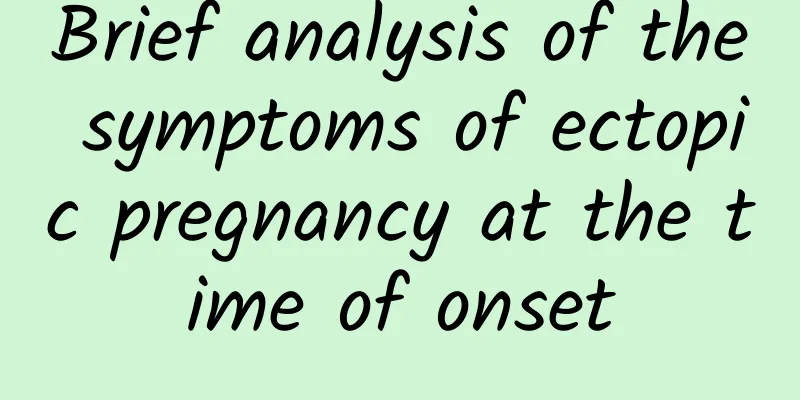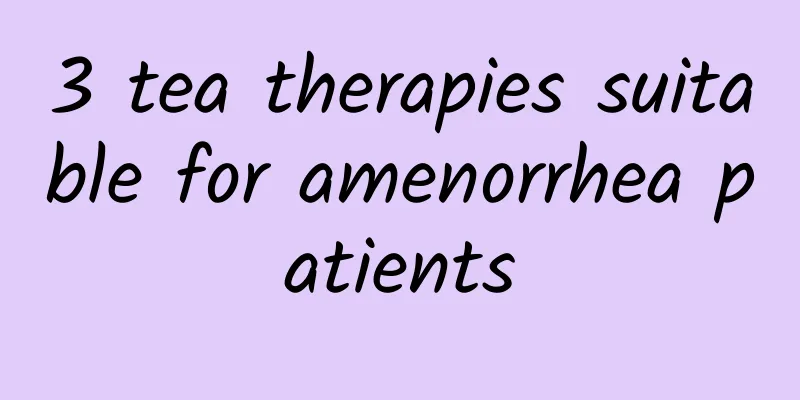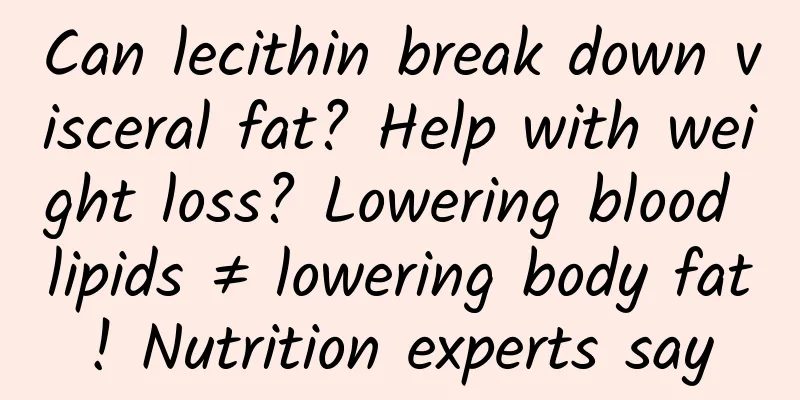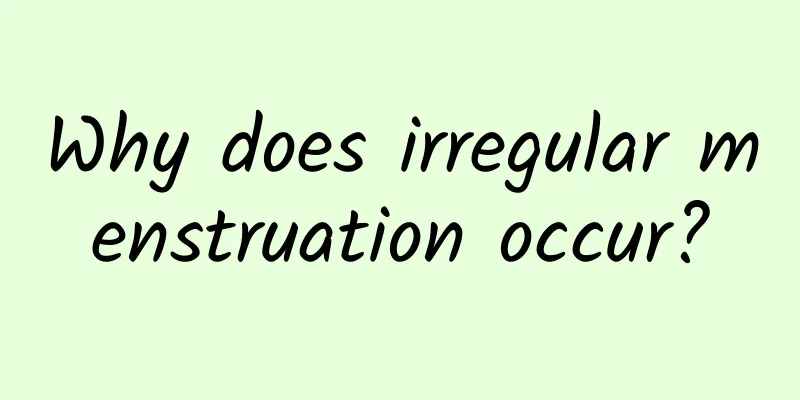How to treat uterine fibroids in women
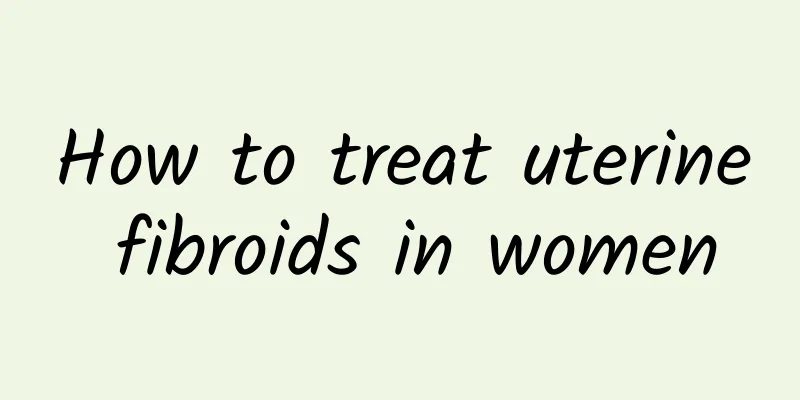
|
Uterine fibroids are common benign tumors in clinic, mainly affecting middle-aged women. Women suffer from uterine bleeding, anemia, hypoglycemia and even miscarriage, which is extremely harmful to women. So how can we better treat uterine fibroids? In response to this problem, this article specifically discusses how to treat patients with uterine fibroids. I hope this article can help you. At present, minimally invasive surgery is the most widely used method for treating uterine fibroids, because most women no longer accept the more traumatic laparotomy or total hysterectomy. However, for multiple fibroids, even if all fibroids are removed by laparoscopy or laparoscopy combined with hysteroscopy, recurrence is likely within 2-5 years, and the fastest recurrence time is 3 months after surgery. How to treat uterine fibroids? Drug treatment for uterine fibroids is relatively conservative, mainly for women who also have reproductive needs and mild symptoms. If the patient is objectively not suitable for or very reluctant to undergo surgery, drug treatment can also be performed. It is best to do a curettage and endometrial examination before treatment, which can not only stop bleeding, but also help obtain first-hand information about the disease. Traditional Chinese medicine has a strong holistic concept. It is not limited to uterine fibroids themselves, but takes into account the general characteristics of patients with uterine fibroids. Traditional Chinese medicine can treat uterine fibroids and correct certain physical diseases, eliminate factors that cause tumor recurrence, and reduce the chance of metastasis. How to treat women with uterine fibroids? Traditional Chinese medicine treats uterine fibroids by focusing on internal treatment, mainly promoting blood circulation and removing blood stasis, regulating the liver and spleen, clearing away heat and detoxifying, and starting with combing the endocrine system to treat uterine fibroids. For patients over 40 years old, especially those over 45 years old with multiple uterine fibroids, non-invasive or minimally invasive treatment should be chosen instead of total hysterectomy. Because as women age, the estrogen in the body will also decrease, which will slow the growth of leiomyoma. Once entering menopause, leiomyoma will shrink. If the patient has no clinical symptoms and psychological burden, then there is no need to treat uterine fibroids, and a follow-up review can be done once a year. Warm reminder: For women with uterine fibroids, how to treat this problem, we will come here first. The treatment of uterine fibroids cannot be ignored. It is related to women's health. We should treat it reasonably and scientifically, and we cannot seek medical treatment blindly. |
<<: Causes of uterine fibroids in women
>>: How to treat mild uterine fibroids
Recommend
Different classification methods for uterine fibroids
Uterine fibroids are the most common benign tumor...
What are the test indicators for adenomyosis?
What are the examination indicators for adenomyos...
How to deal with unbearable vulvar itching in patients with vulvar leukoplakia Methods to relieve vulvar itching
Vulvar leukoplakia is a white spot on the vulva c...
Abdominal pain uterine fibroids what color Doppler ultrasound uterine fibroids do abdominal color Doppler ultrasound or vaginal Doppler ultrasound
Uterine fibroids are a problem that many women fa...
5 simple tips to remove toxins and fat
Eliminate excess toxins from the body and your bo...
Comprehensive analysis of endometrial tuberculosis
Endometrial tuberculosis is an inflammation of th...
People who are more likely to have an ectopic pregnancy
For pregnant women, the most worrying issue is th...
Exercises to improve cervical hypertrophy
Improvement of cervical hypertrophy can be achiev...
What preparations should be made before abortion surgery?
Abortion is a common medical procedure. In order ...
What to do if you have heavy menstrual flow due to uterine fibroids? Three nursing measures to keep in mind
If the problem of heavy menstrual flow caused by ...
How to prevent abortion syndrome?
The occurrence of abortion syndrome is the result...
How to regulate irregular menstruation for women? Pay attention to the 4 major dietary taboos for irregular menstruation
Many women have experienced irregular menstruatio...
What are the treatments for female cervicitis? Female cervicitis is often treated with these methods
For patients with late-stage cervicitis, the feel...
Is cervical hypertrophy related to men
Cervical hypertrophy has no direct relationship w...
What are the causes of adnexitis?
Female friends must be familiar with adnexitis. A...
